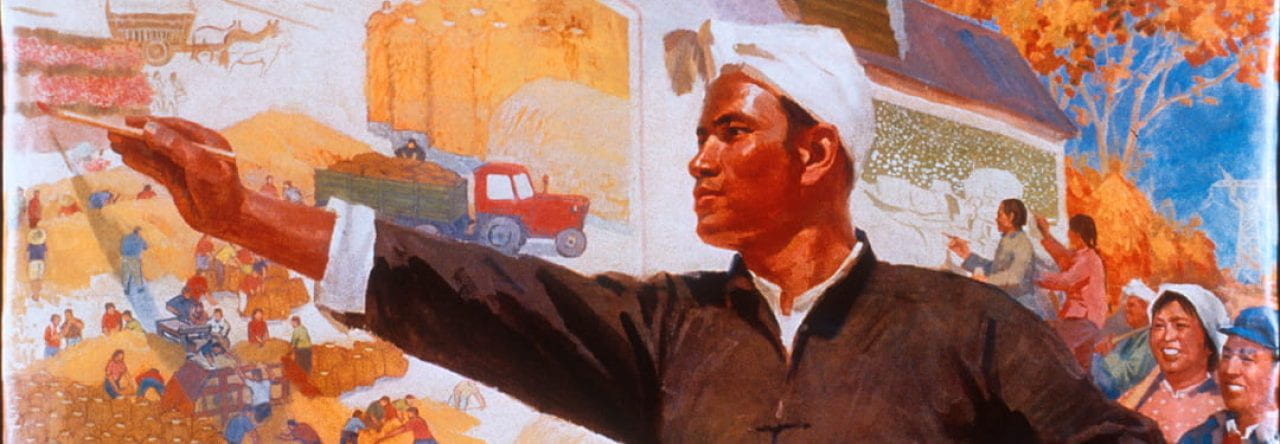There was a famous quote from Communist Party leader Mao Zedong claiming that “women hold up half the sky” during the cultural revolution. During these years – from 1966 to the time of Mao’s death in 1976- there seemed to be a sense of freedom and liberation for women. The leader of their country, their idol, had expressed his support for women to be treated equally as men. The Communist Party needed to get as many people on board with their agenda, and to do that, they needed some way to include the female population. The main way to show that women could now theoretically hold the same opportunities as men was through propaganda.
Propaganda posters were extremely effective in portraying women in a positive light and creating a cult of diehard supporters of the movement. The nature of propaganda is anonymous; meticulously cultivated and distributed by government controlled institutions. For this reason, oftentimes there is no individual artist credited with creating a poster. There can be individual artists that create their art under very strict guidelines by the CCP that resembles propaganda, but for official, widespread propaganda posters were mostly left nameless. The style of these posters are often very cartoon-like. The figures are always dominated by a bright red/warm color background, and are pictured with either very fierce or overly happy expressions. There are often no shadows or any cool colors that suggest any emotion other than determination or happiness, creating flat characters with no depth (Lü).
I want to discuss how these posters convey women’s role in the cultural revolution, and see if it was as progressive towards women’s rights as they claim to be. This is important because after Mao’s death in 1976, the cult of Mao seemed to die off, and we see his predecessor take over and change CCP policies. Before Mao rose to power, women were restricted to homely duties and taking care of children, but now they are pictured in these propaganda posters as strong and reliable, which was a drastic change for the country. The change in women’s roles during the cultural revolution was exciting for women who were being liberated for the first time.
Citations
Lü, Peng. A History of Art in 20th-Century China. Charta, 2010

Deng Shaoyi, ‘We Have Seen Chairman Mao’, 1974, oil painting



